Vacancy: Urban Interruption and (Re)generation
September 14 - November 14, 2015
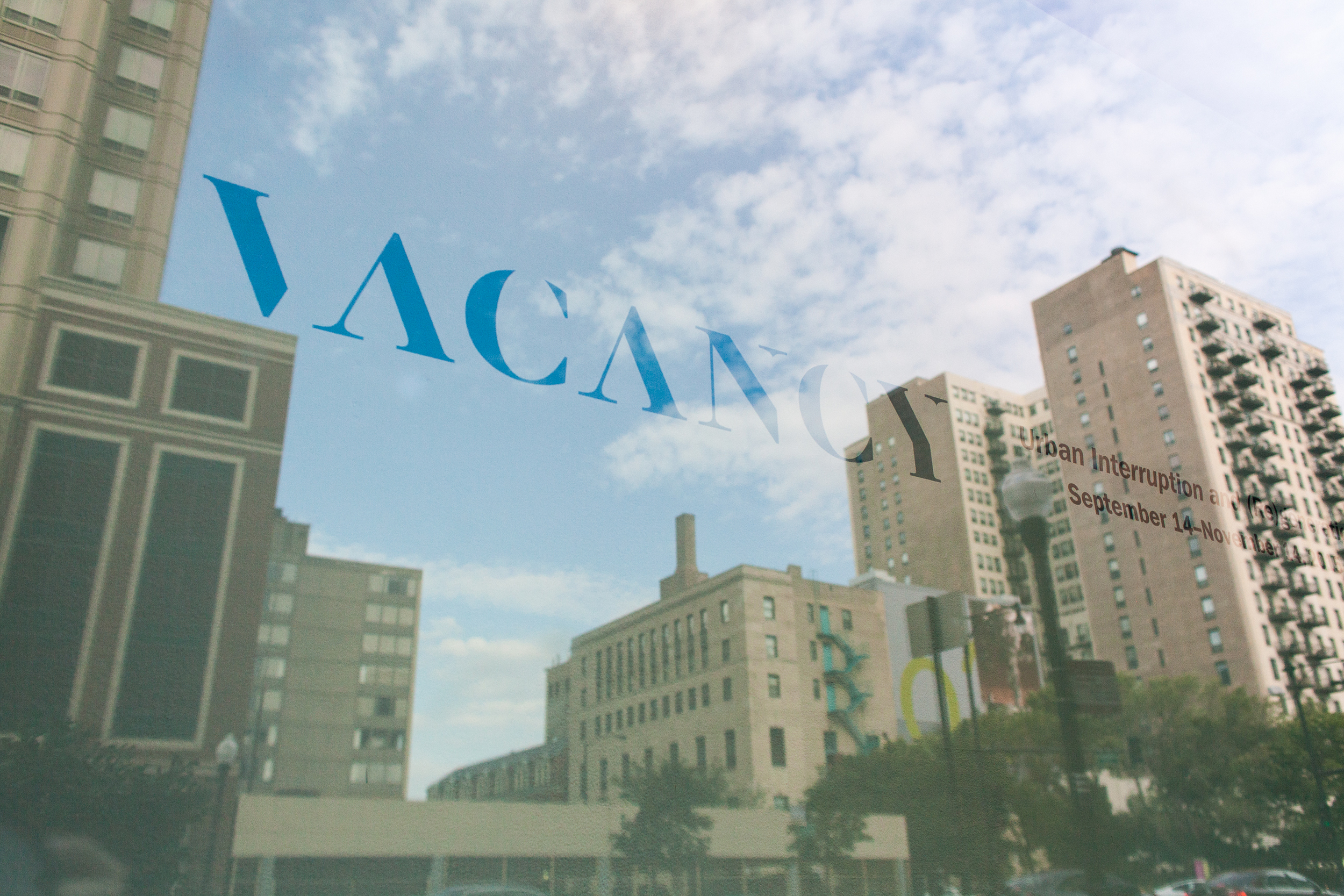
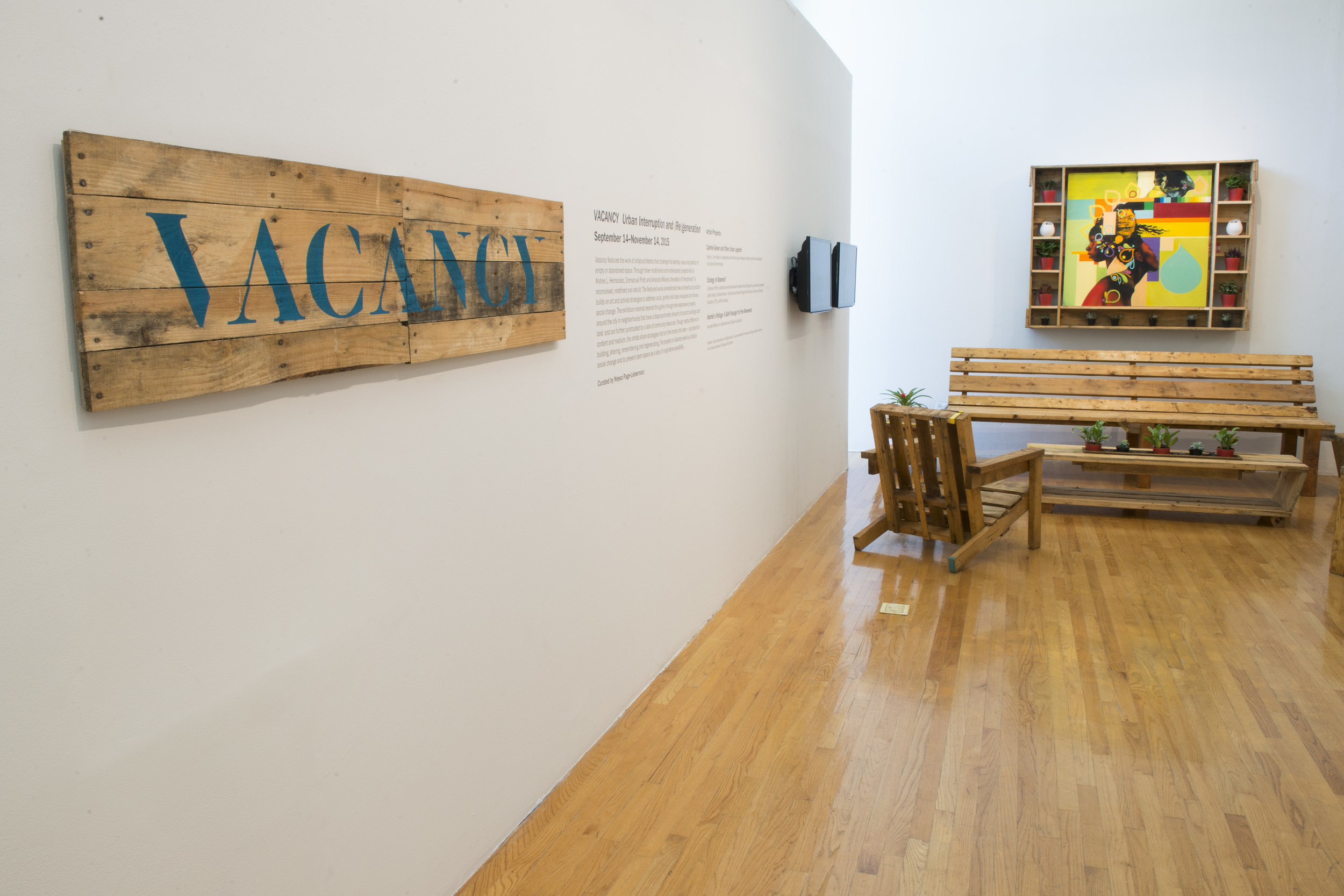
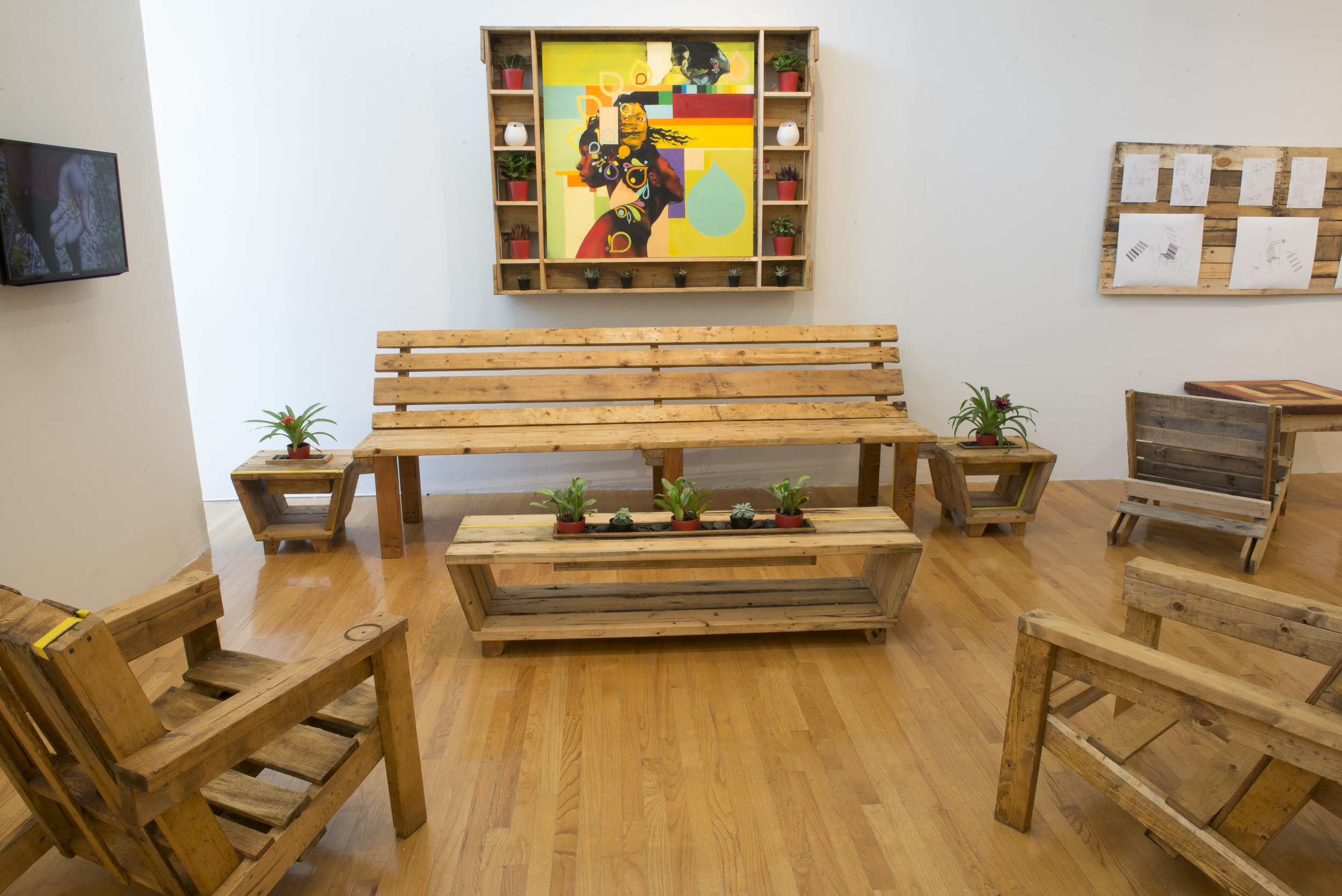
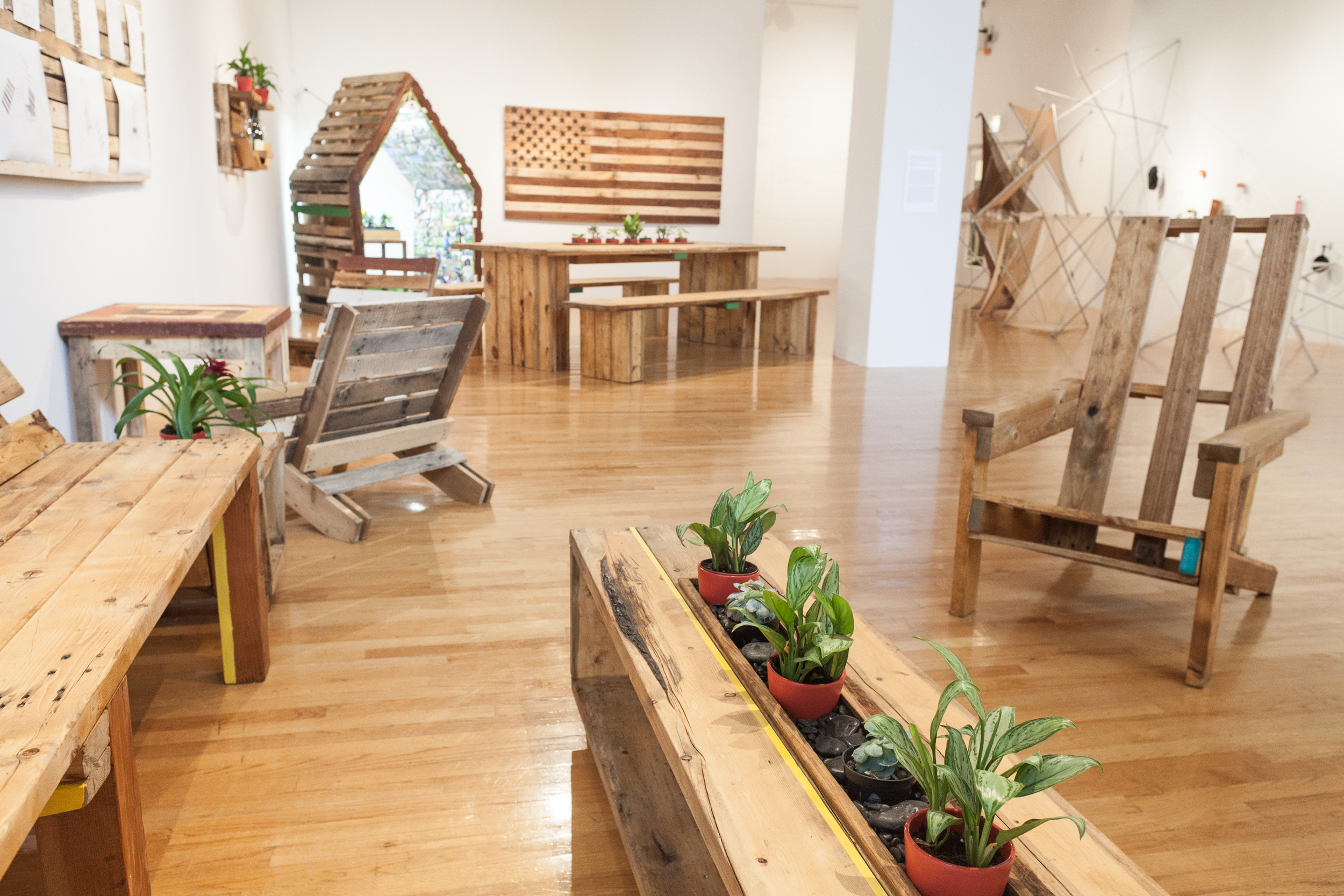
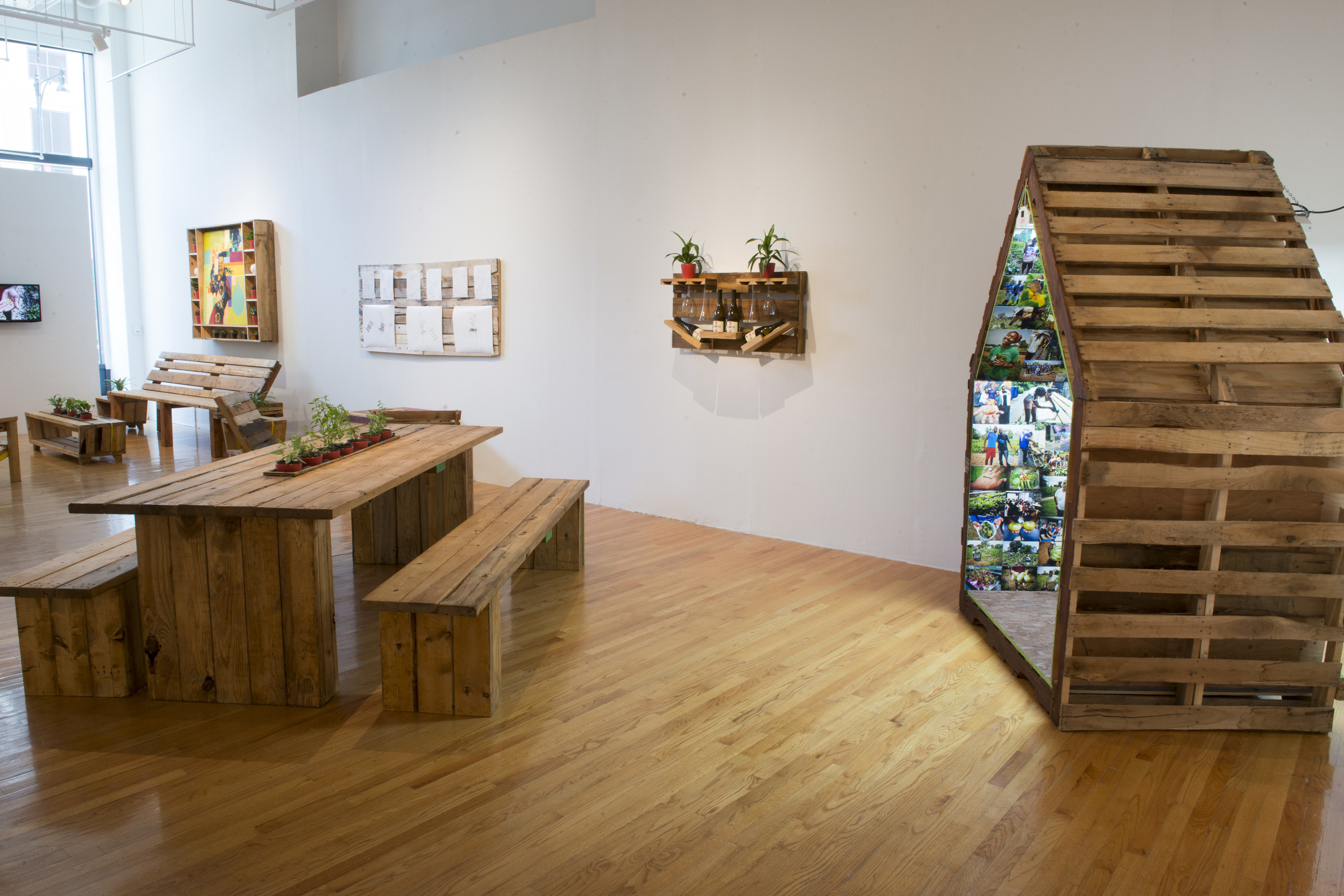
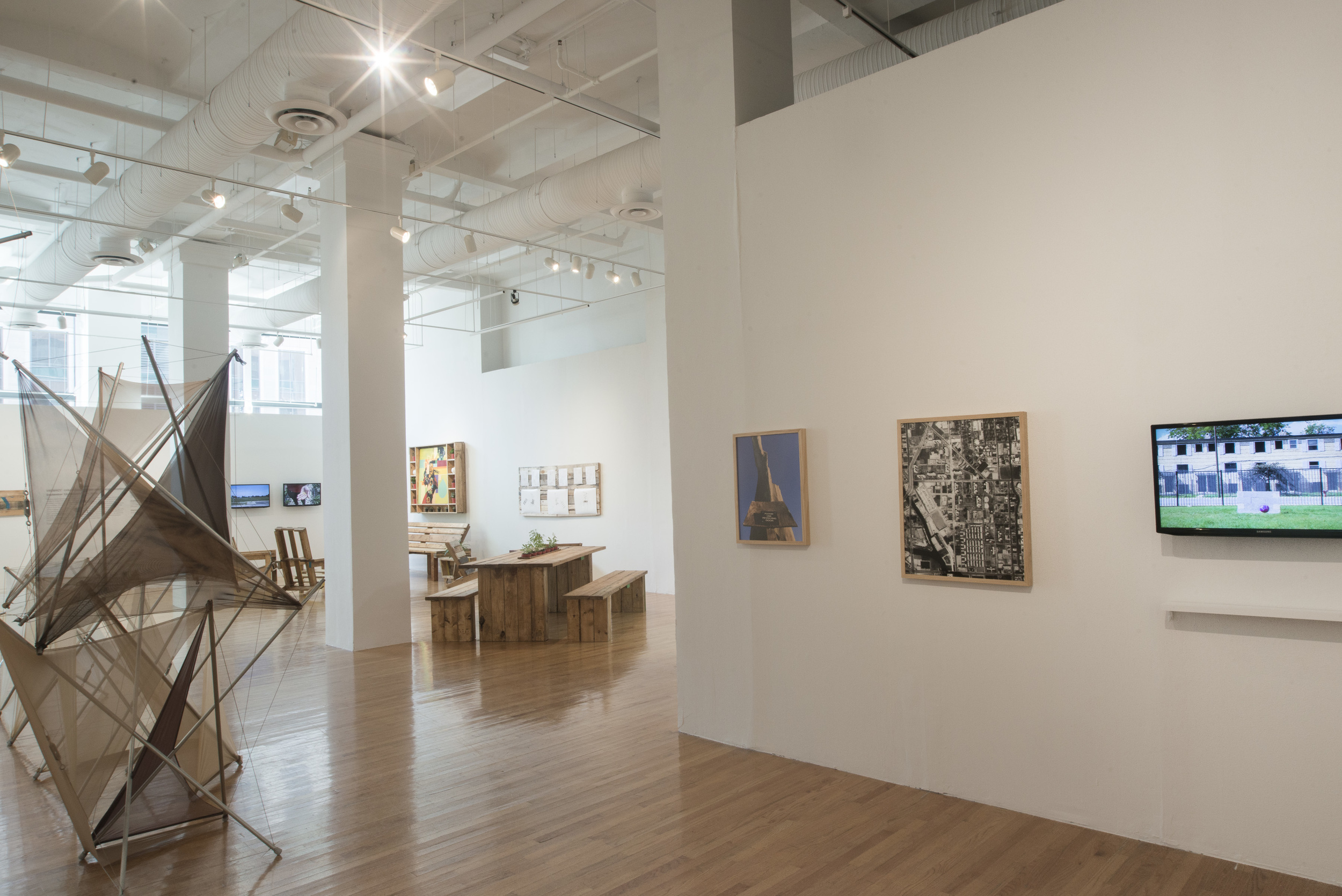
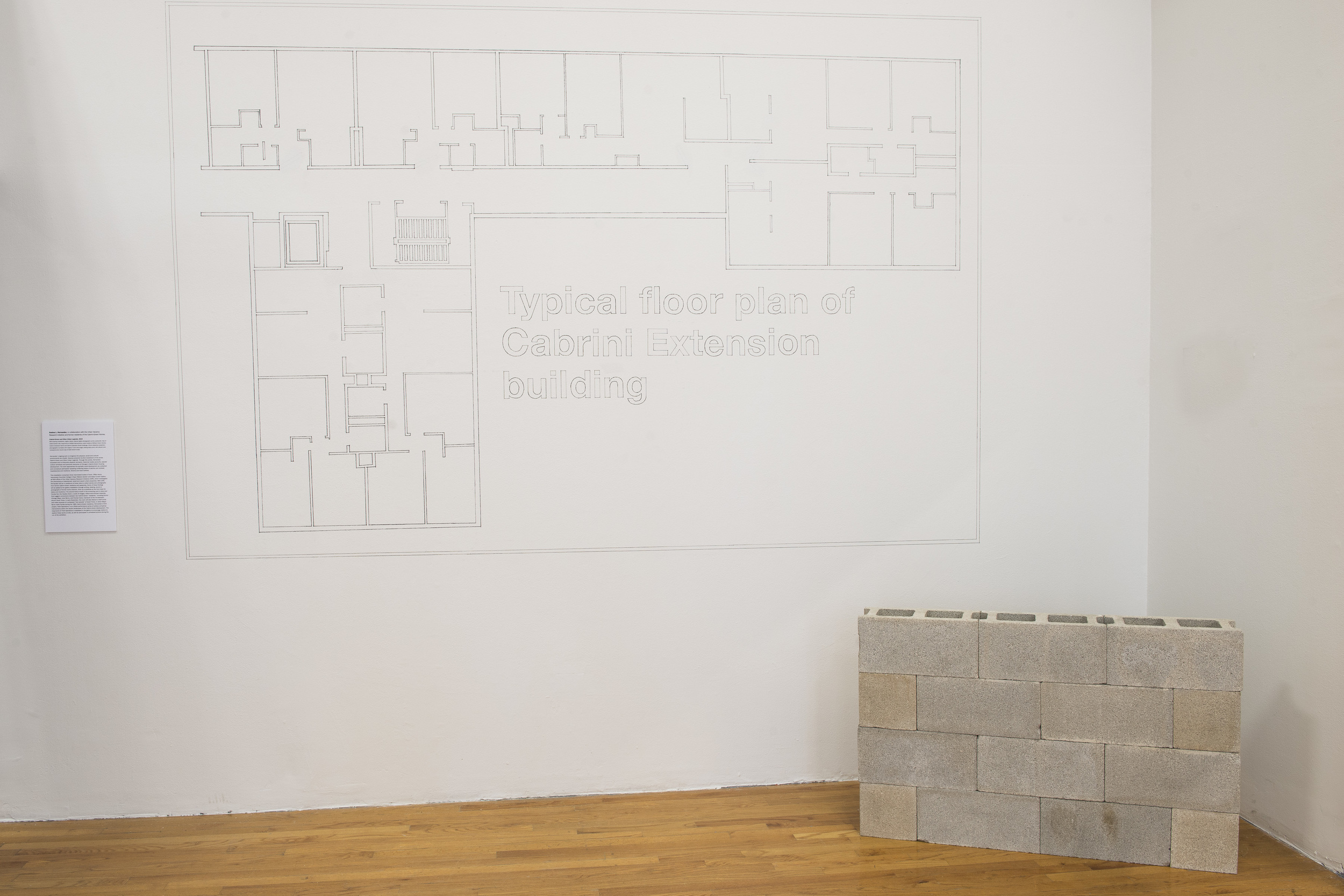
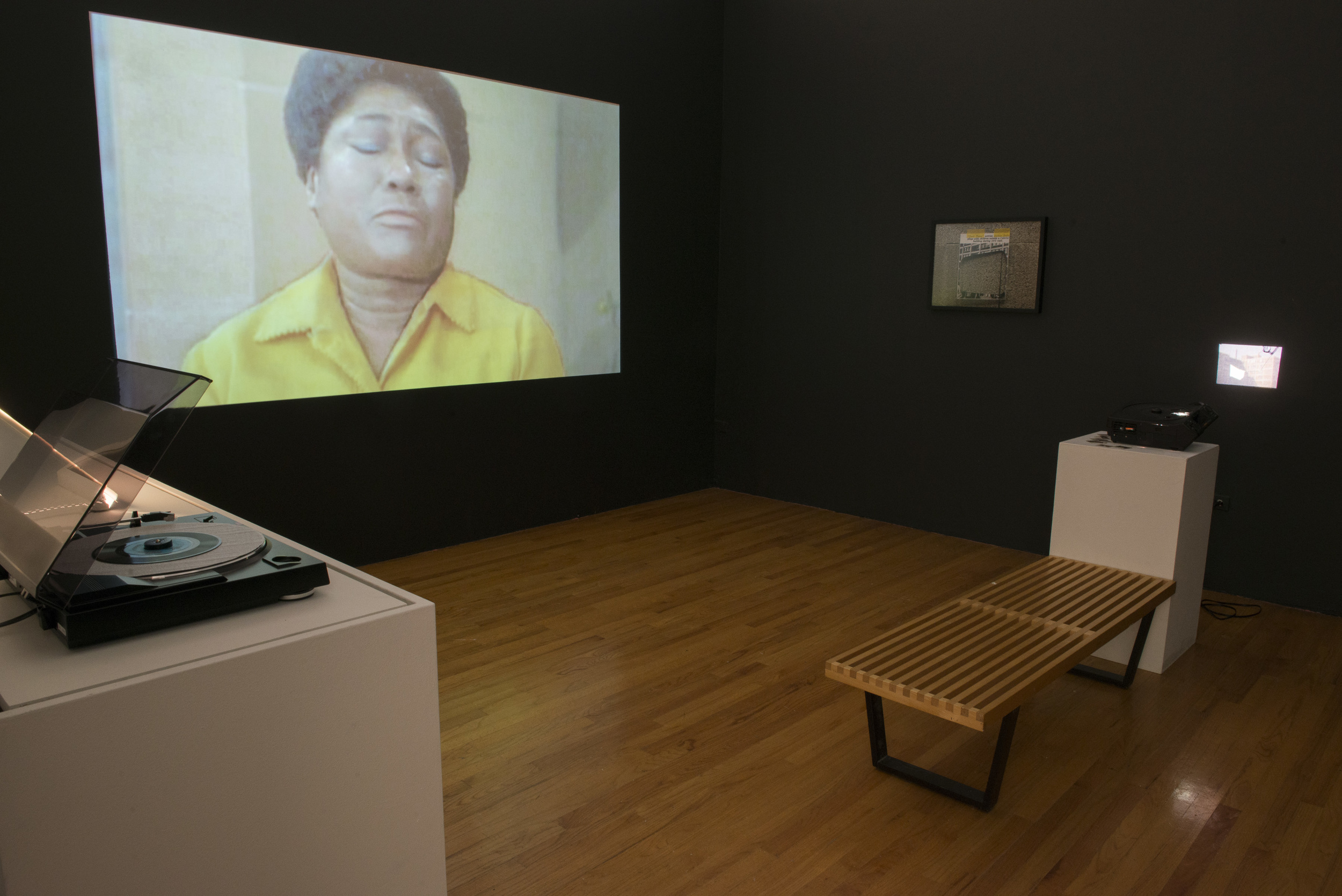
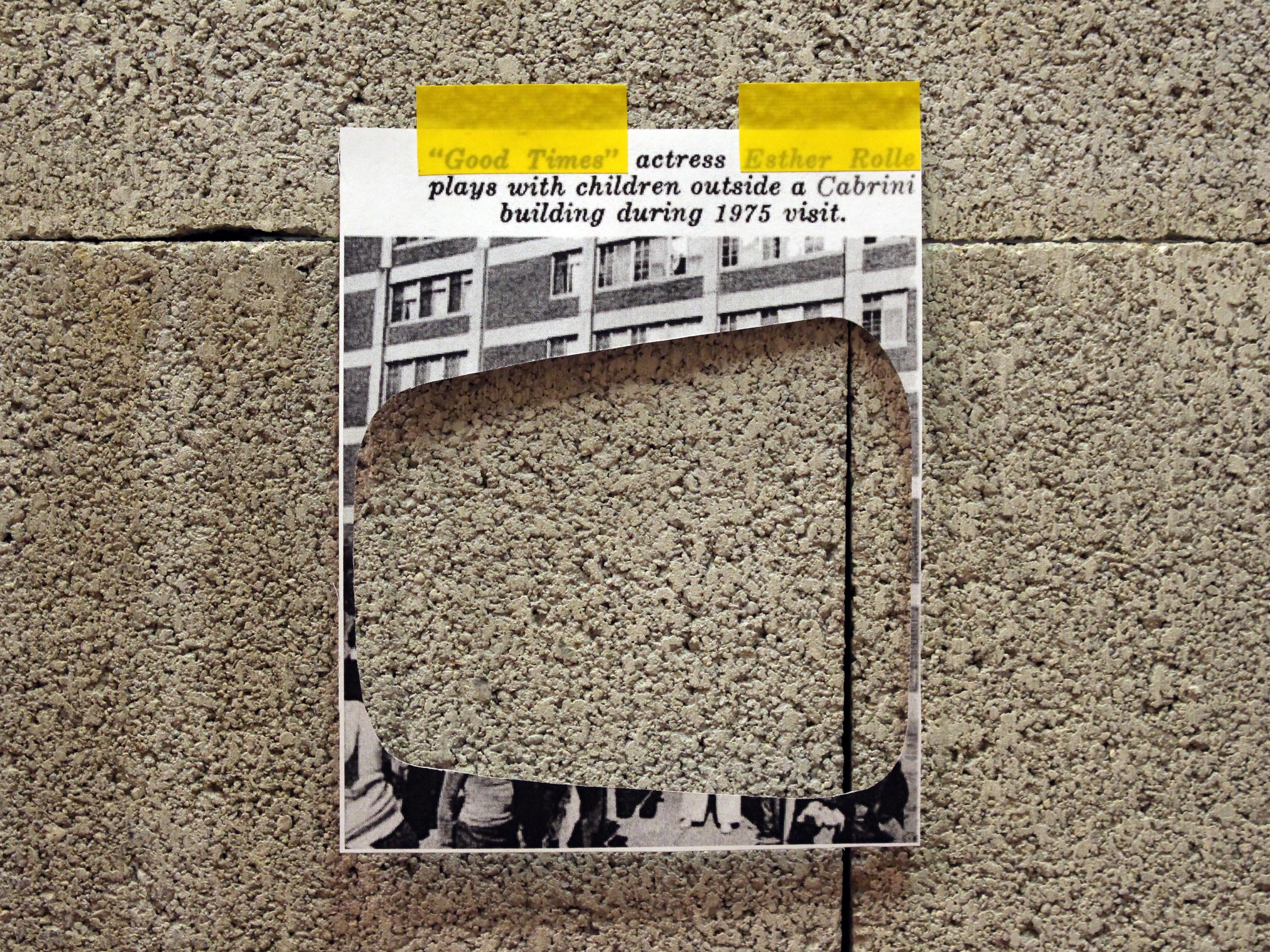
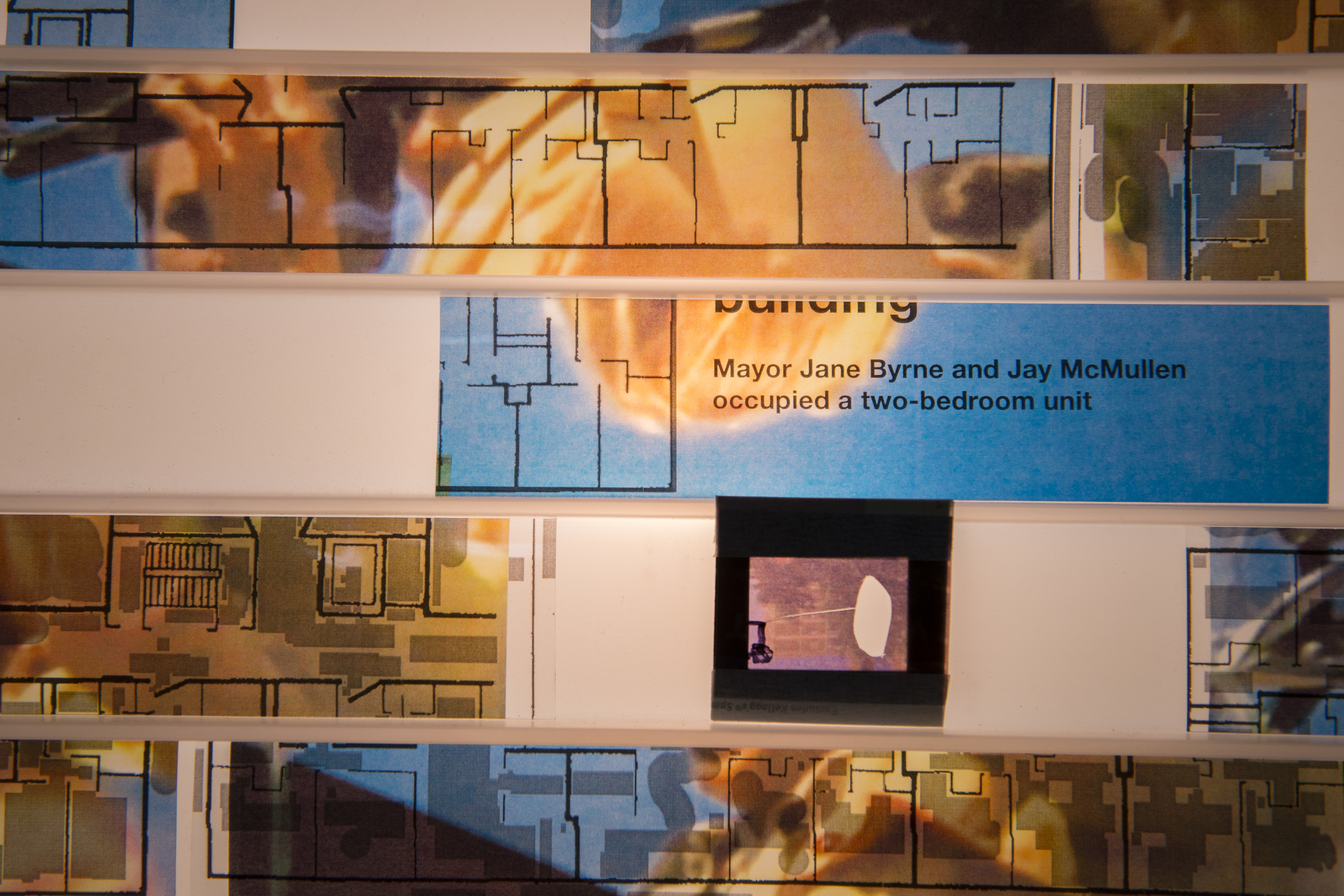
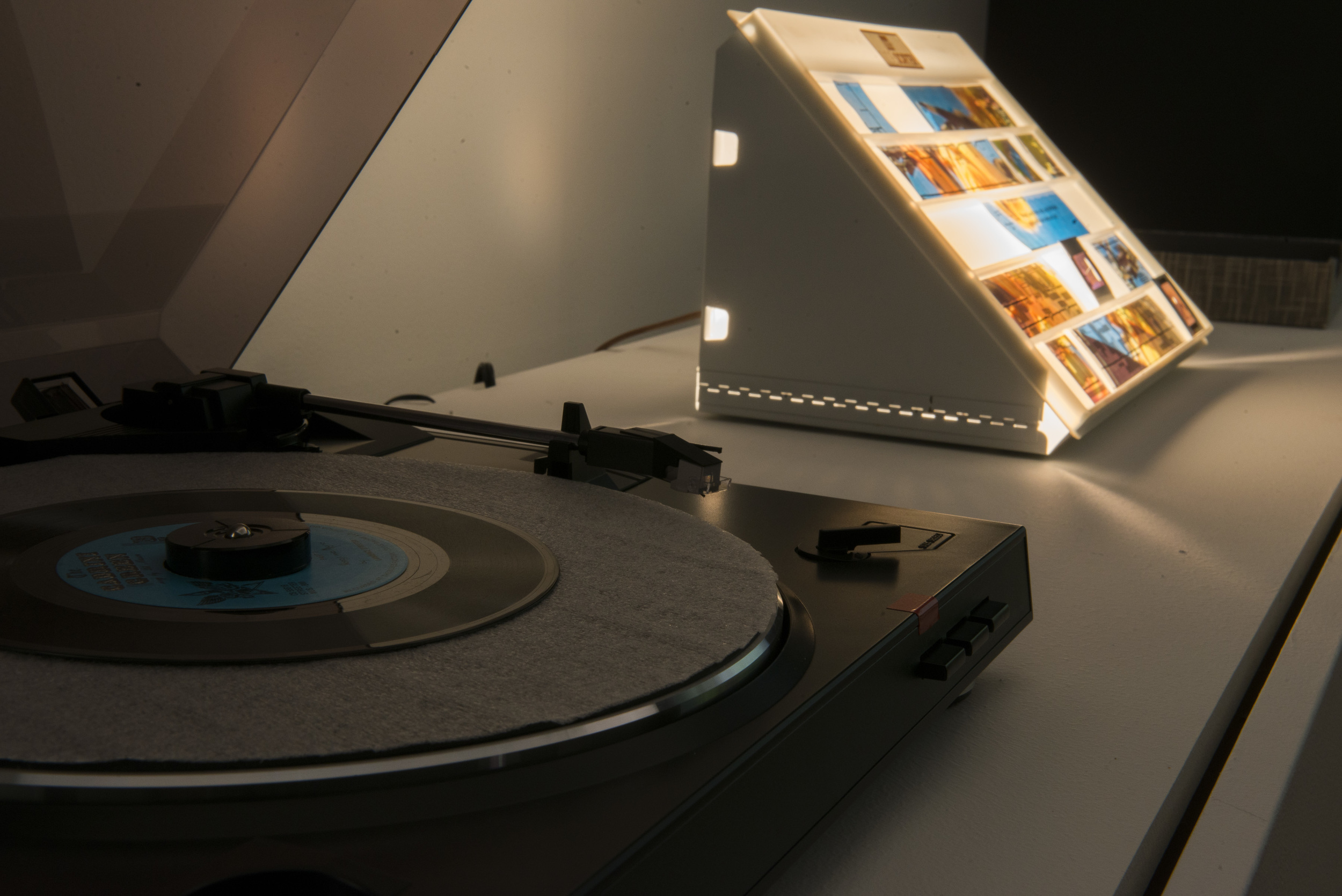
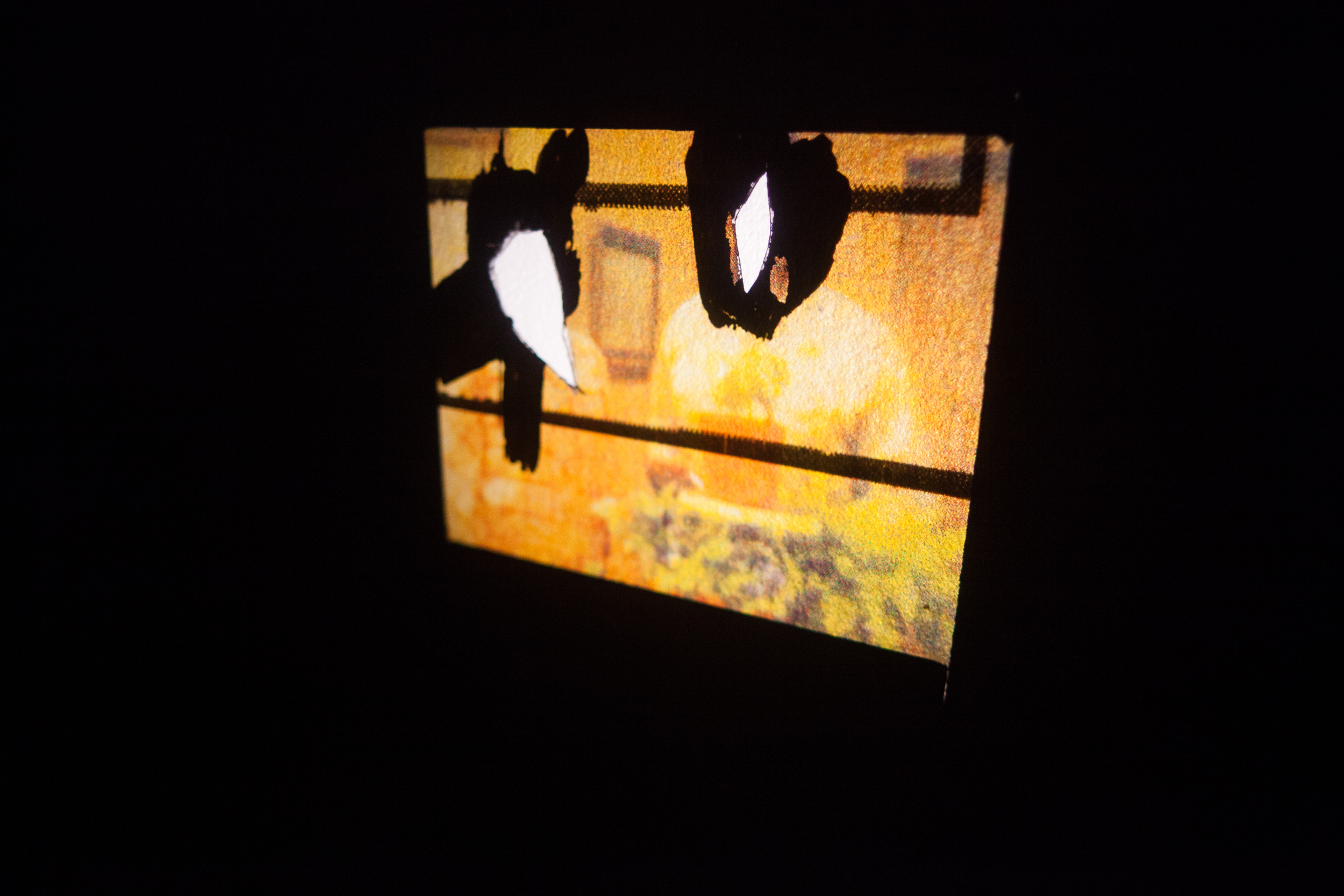
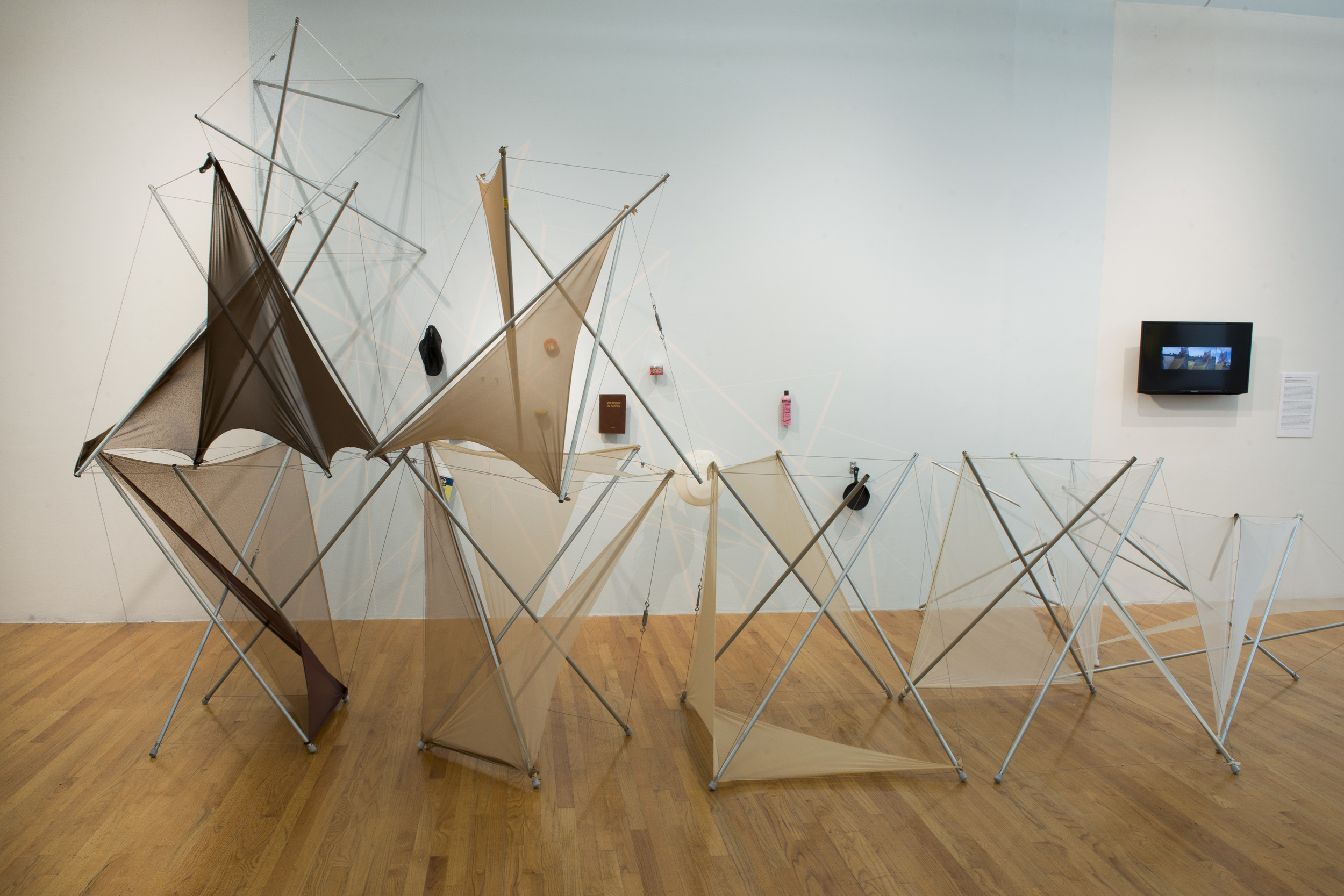
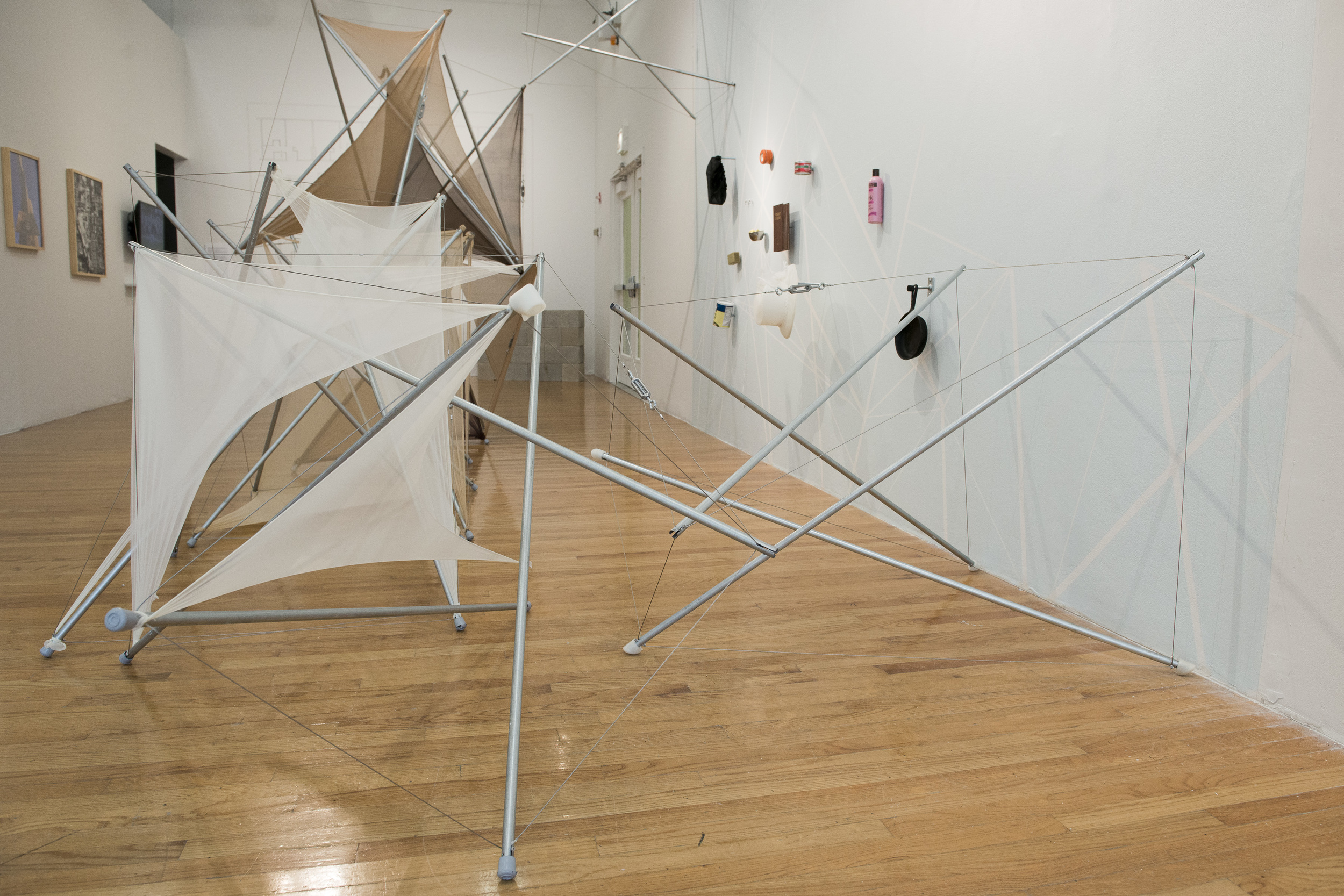
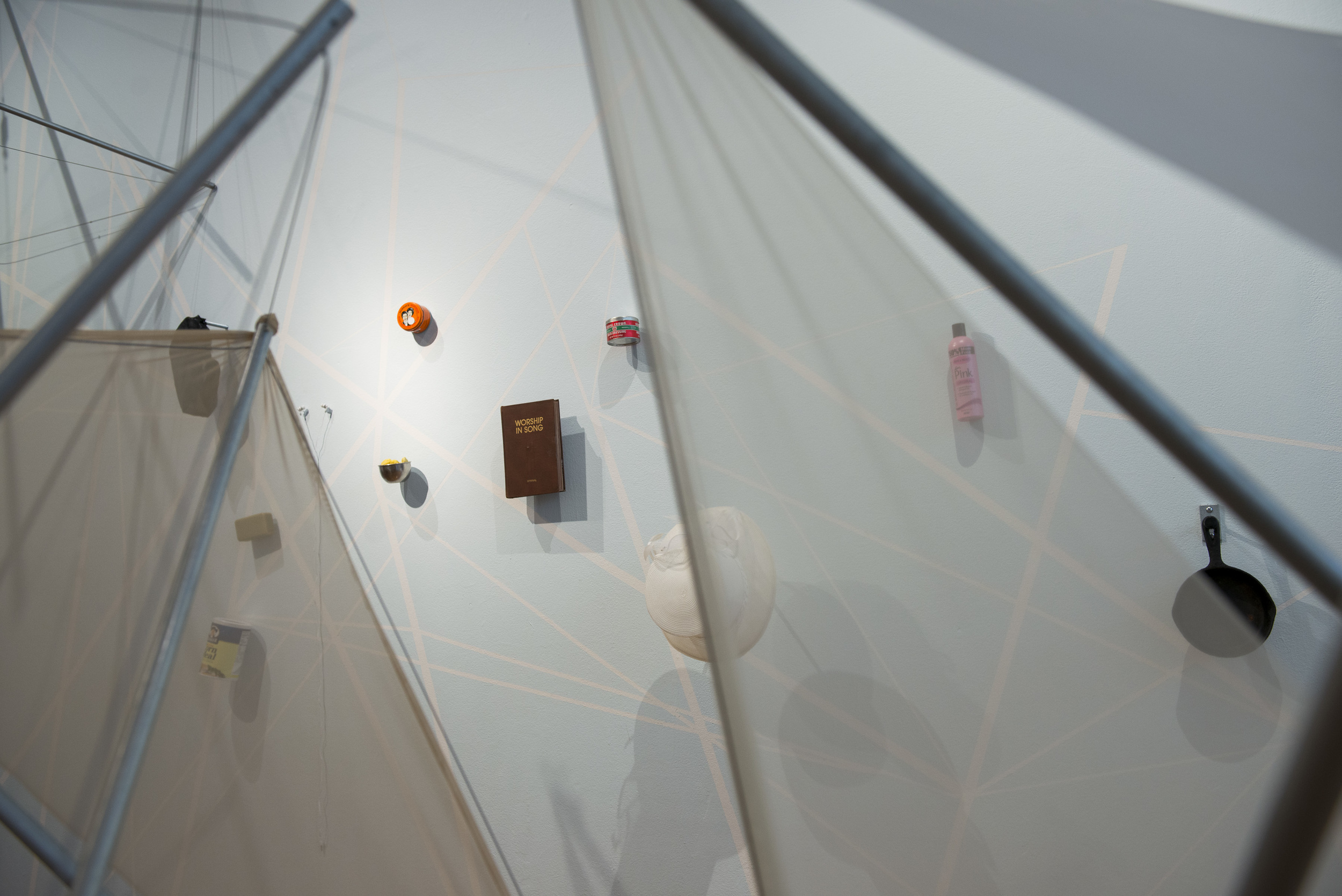
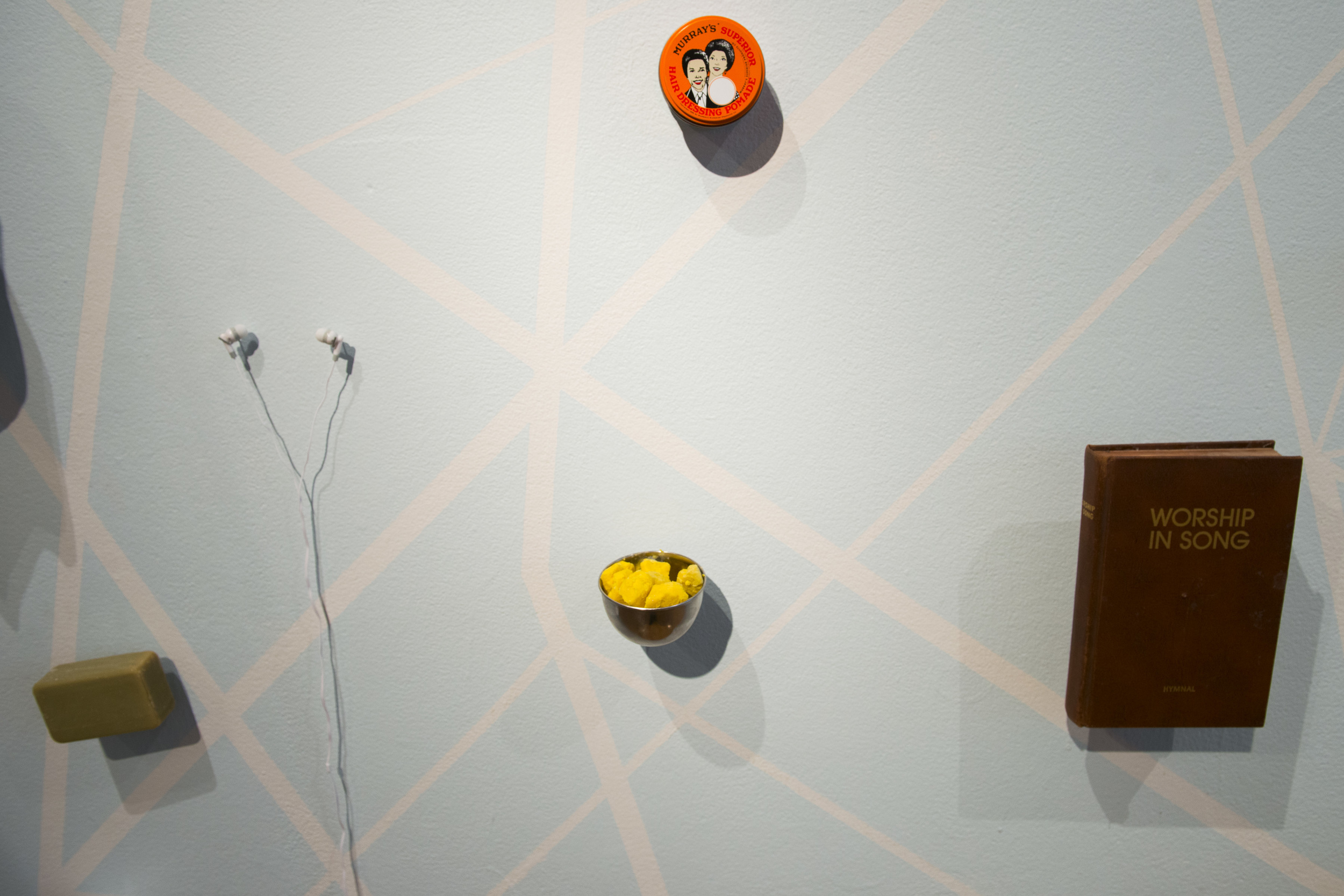
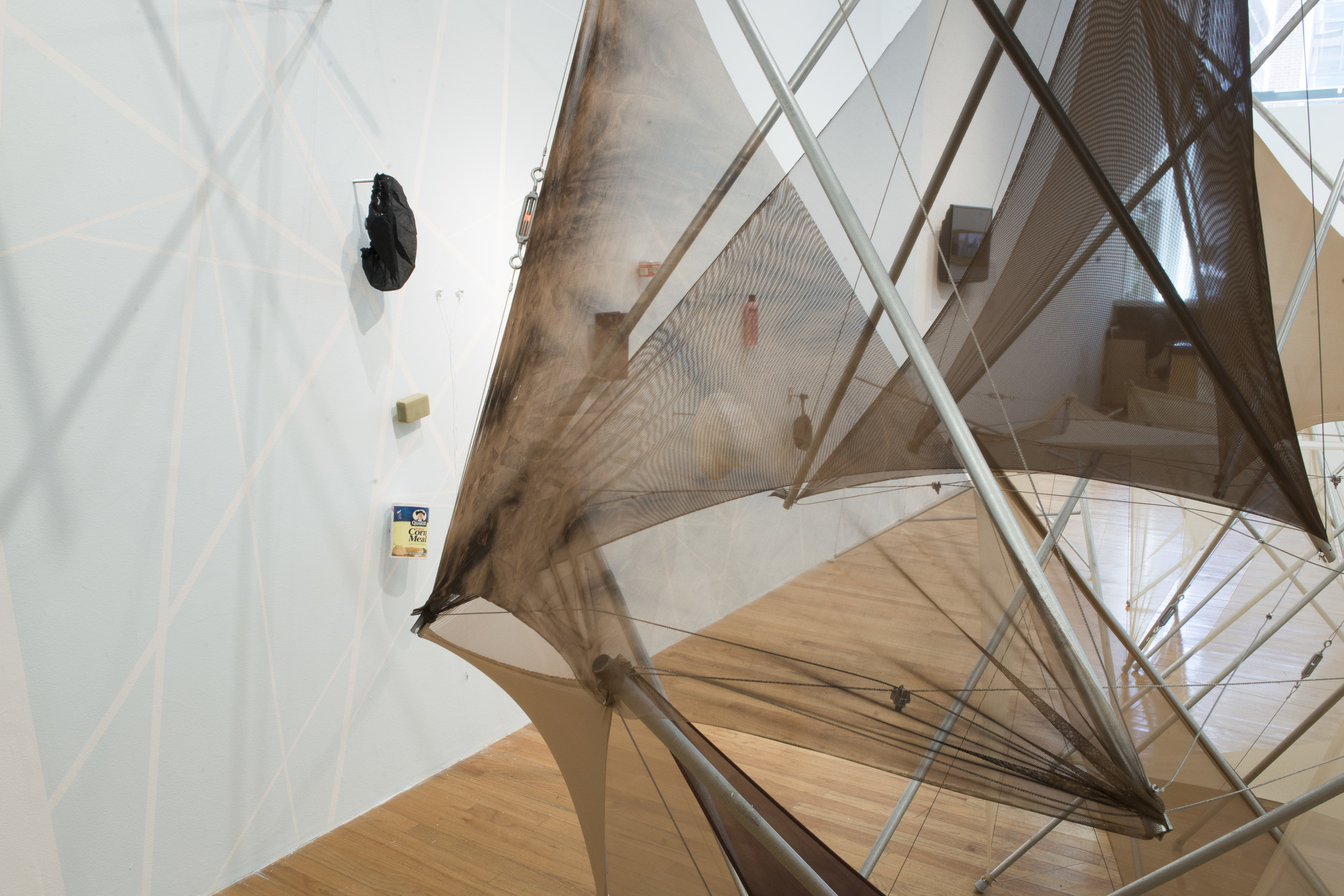
![Amanda option 1[4].JPG](https://images.squarespace-cdn.com/content/v1/54b1a324e4b0b679e1200503/1445281504293-OAOJ0SD3M01VQ12I2QQH/Amanda+option+1%5B4%5D.JPG)
![Harriet in the field[1].jpg](https://images.squarespace-cdn.com/content/v1/54b1a324e4b0b679e1200503/1445281770822-WTP4OZ2KR5WYM3EUUOSG/Harriet+in+the+field%5B1%5D.jpg)
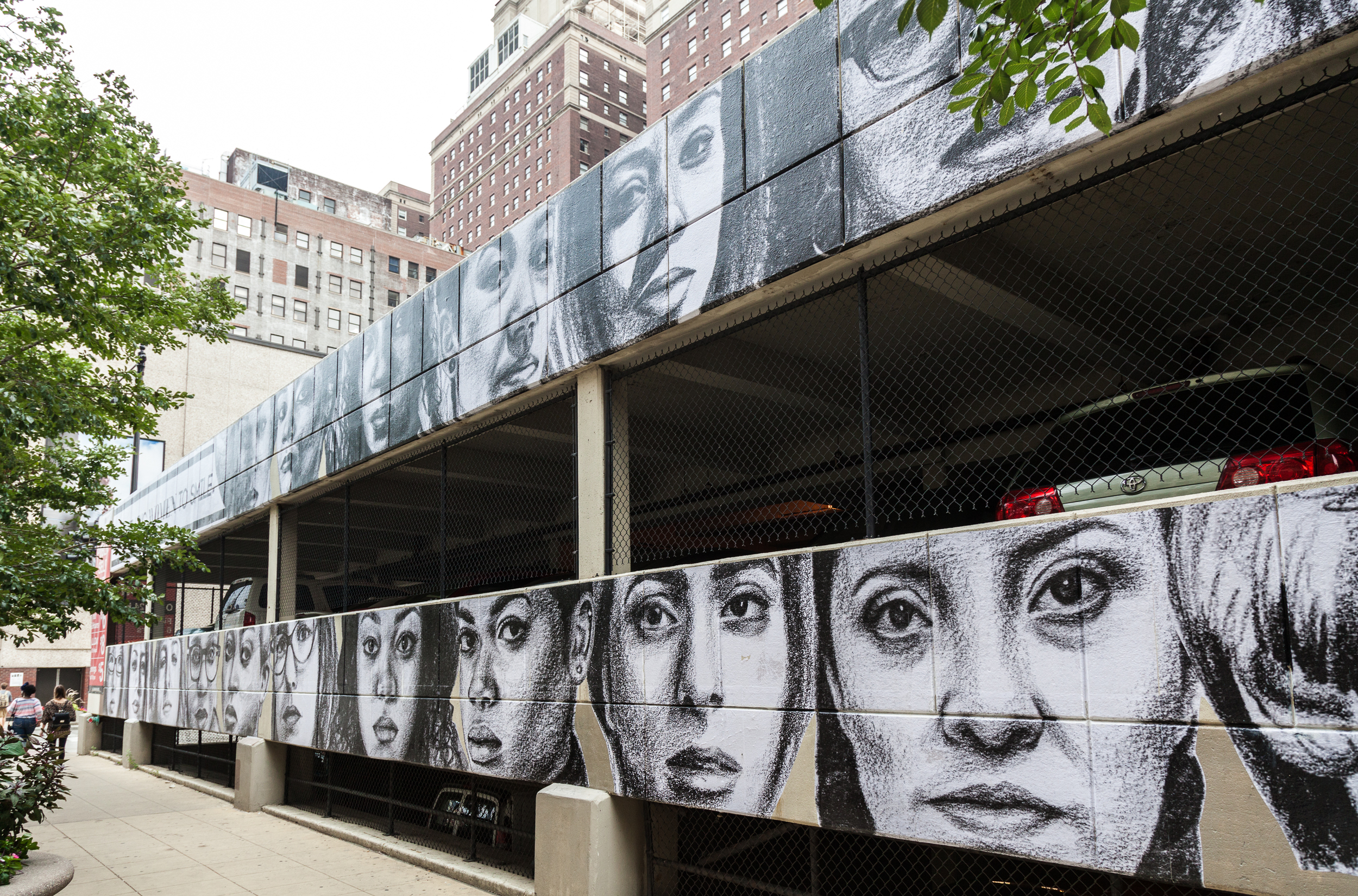
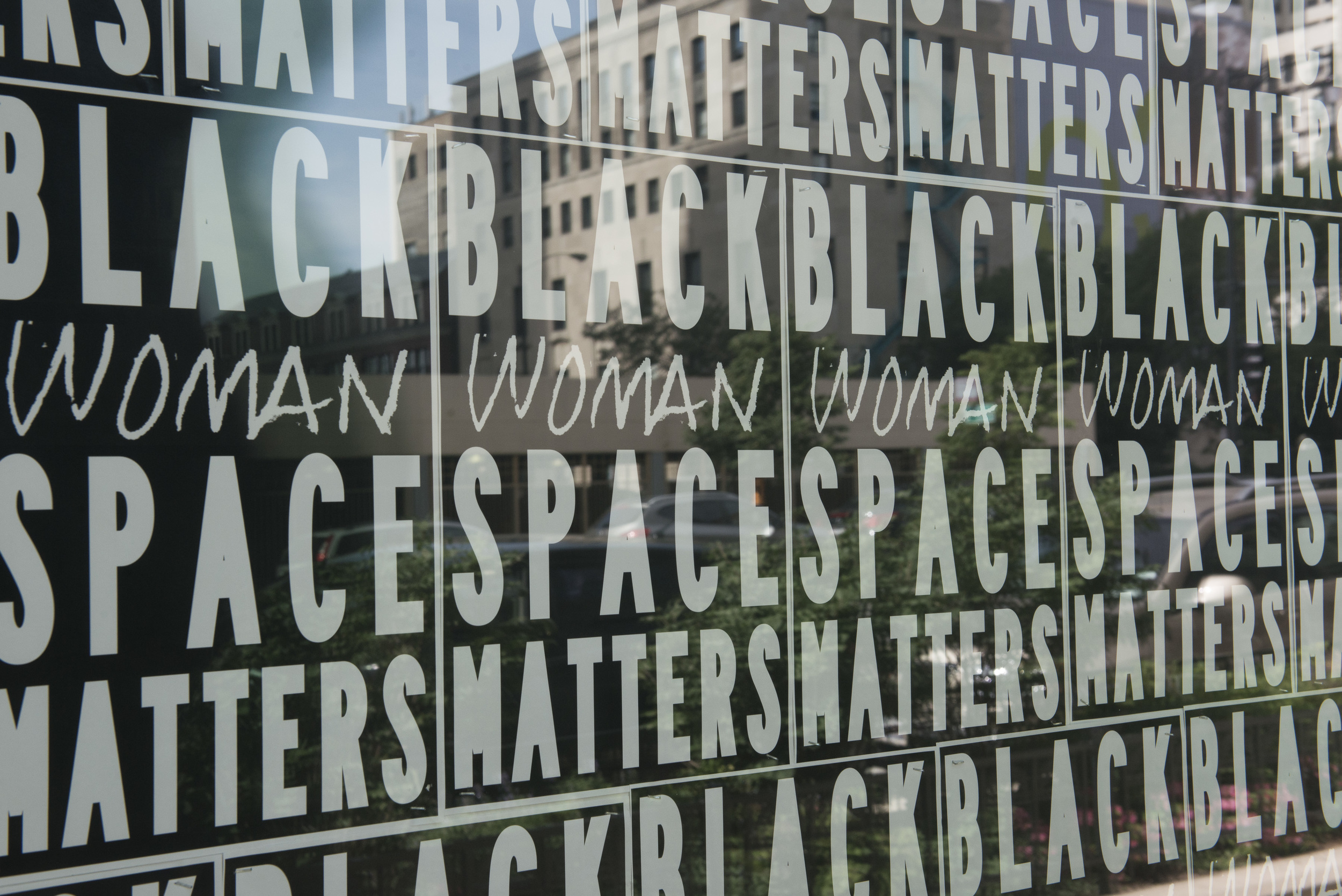
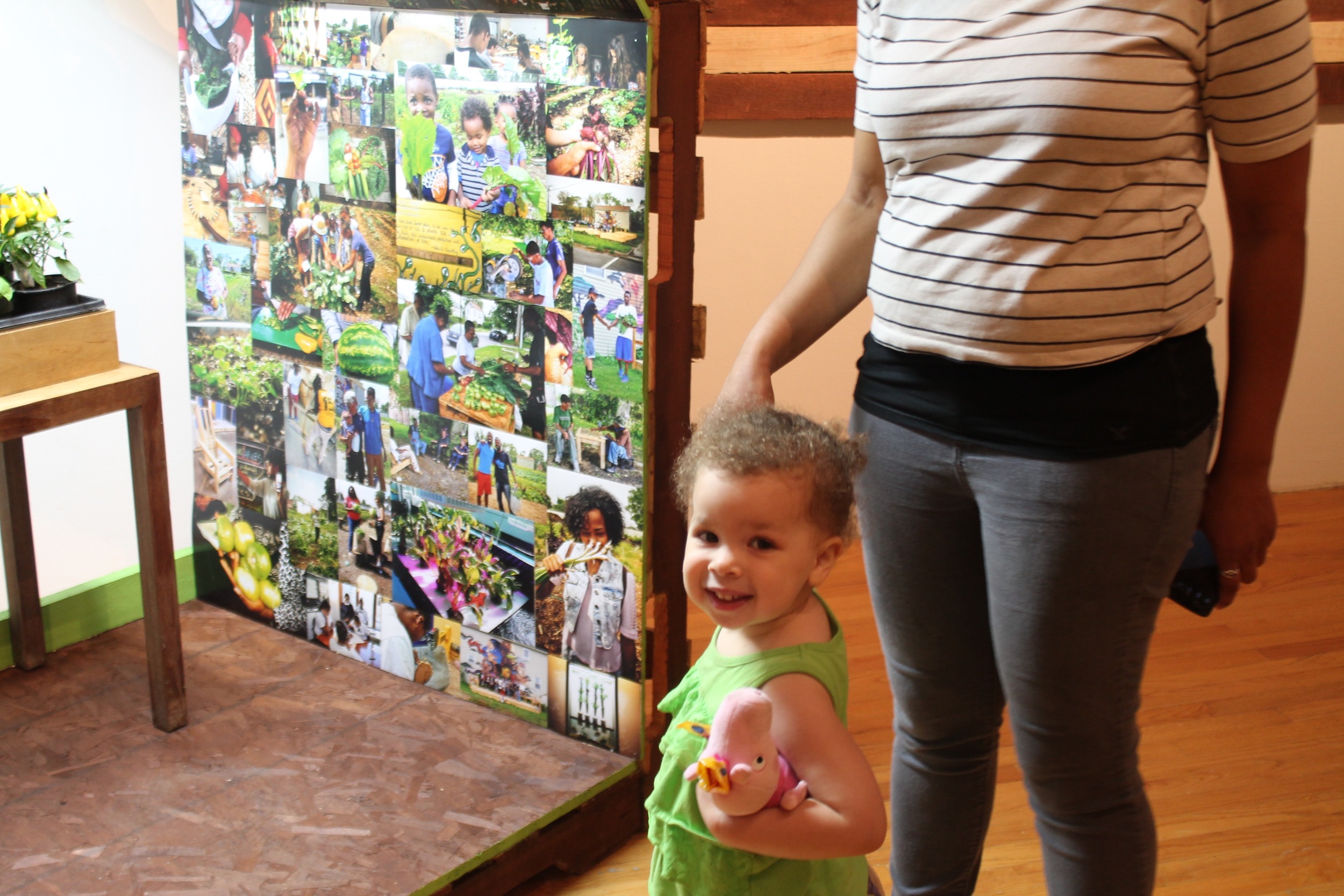
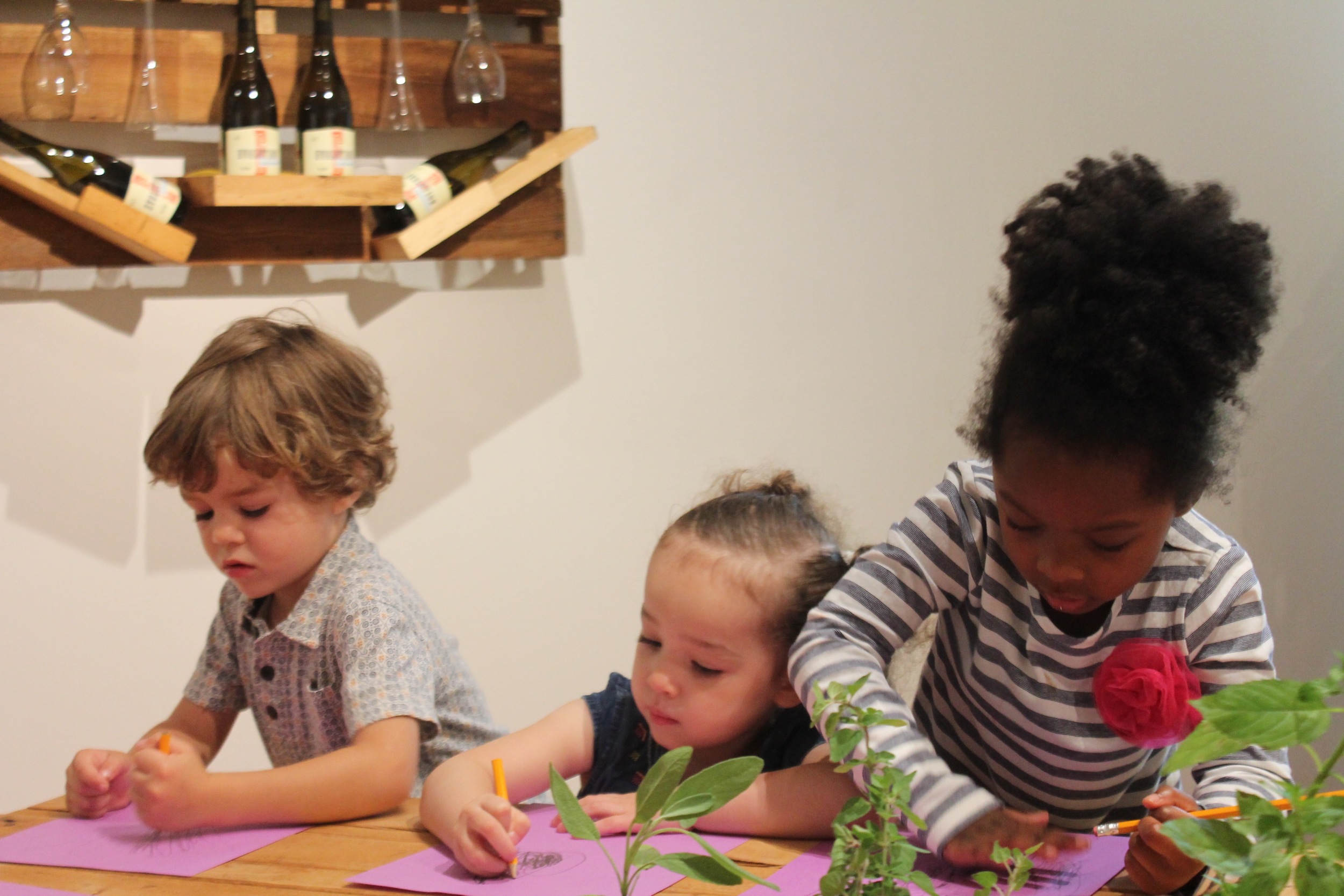
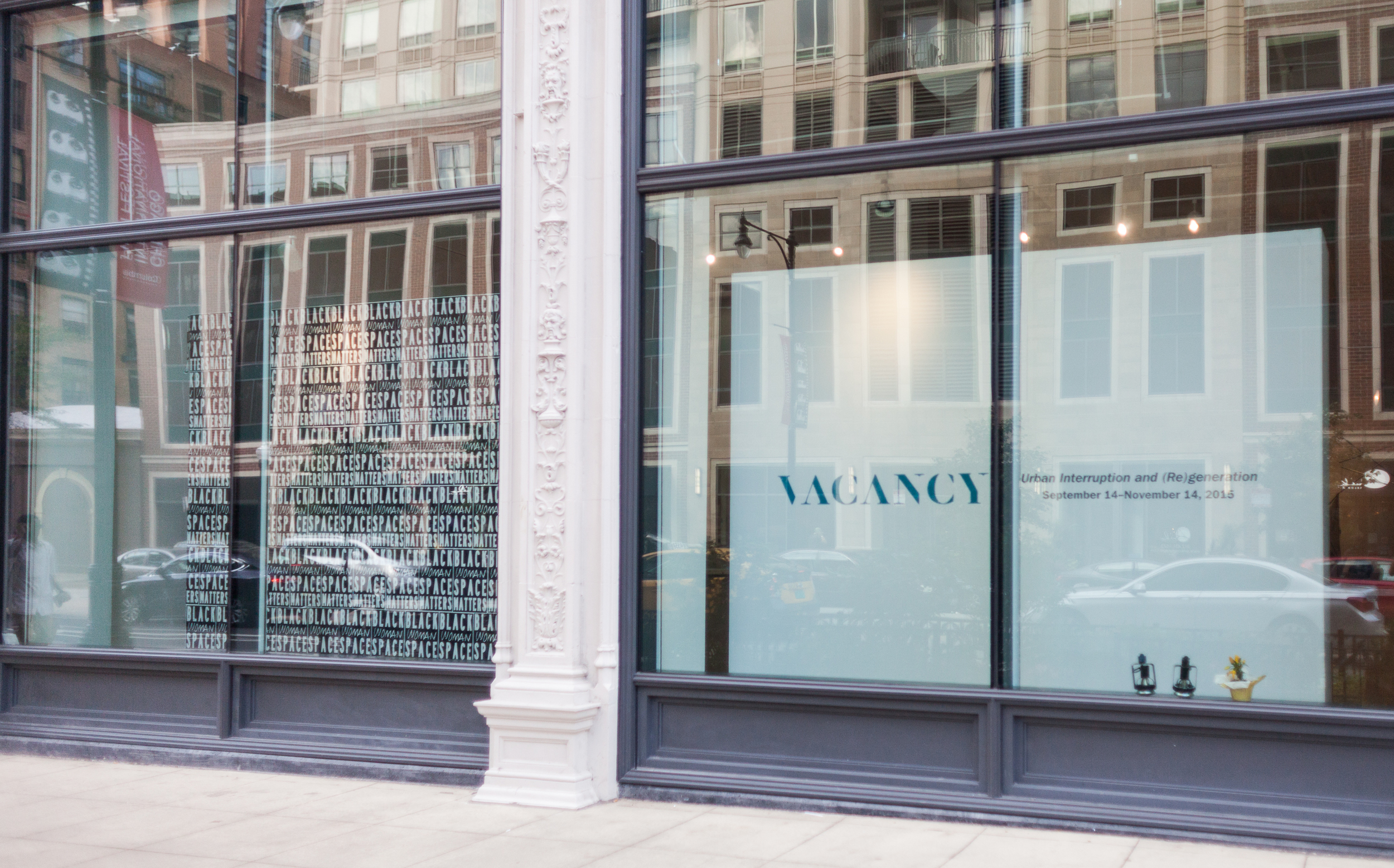
Featuring projects led by Andres L. Hernandez, Emmanuel Pratt, Amanda Williams and their collaborators.
Vacancy features the work of artist-architects that challenge the identity, value and politics of empty or abandoned space. Through three multi-tiered and multi-located projects led by Andres L. Hernandez, Emmanuel Pratt and Amanda Williams, the notion of “emptiness” is reconceived, redefined and rebuilt. The featured works demonstrate how architectural practice builds on art and activist strategies to address racial, gender and class inequities and to drive social change. The exhibition extends beyond the gallery through site-responsive projects around the city in neighborhoods that have a disproportionate amount of vacant buildings and land, and are further punctuated by a lack of community resources. Projects include aquaponics systems to grow healthy food in any location, built environments of refuge for women of color in the public realm, and performances inspired by the stories of Chicago public housing residents. Though vastly different in content, the artists share strategies that turn the empty into open – as places for building, sharing, remembering and regenerating. The projects in Vacancy seek to catalyze social change and to present open space as a site of imaginative possibility.
Projects
Cabrini-Green and Other Urban Legends
Andres L. Hernandez in collaboration with Urban Vacancy Research Initiative and former residents of the Cabrini-Green Homes
Hernandez’ ongoing work interprets, critiques, and re-imagines the physical, social and cultural environments we inhabit. Vacancy presents his first installment of the Cabrini-Green and Other Urban Legends series, in which he excavates and re-presents physical remnants, historical media accounts, popular culture narratives and personal memories of Chicago's former Cabrini-Green housing development and its residents. The work explores the remains after the buildings are gone, and approaches the razed development as a physical and conceptual palimpsest revealing conflicting states of decline and renewal, hopelessness and resilience, fictions and lived realities. This project will comprise three interrelated bodies of work: Office Hours repurposes parts of the Columbia College campus as the field office of the Urban Vacancy Research Initiative, which creatively investigates the phenomena of abandoned, razed and vacant urban properties (click here for the dates and locations where Hernandez will be in residence to collect personal stories and photographs from former Cabrini-Green residents, and passers-by); Jane and Florida Run the Voodoo Down consists of a suite of works that look back to the year 1981 to explore Cabrini-Green from the perspective of local media and a fictional encounter between two of its iconic heroines: Florida Evans, matriarch of the hit television sitcom Good Times; and former Chicago Mayor Jane Byrne. Field Operations which is comprised of solitary and group performative actions on the grounds of the Cabrini-Green development and physical interventions within its vacant landscapes. A map/score of Field Operations is provided to encourage gallery visitors to explore these works on-site, as well as participate in scheduled actions during the run of the exhibition.
Ecology of Absence?
Emmanuel Pratt in collaboration with Sweet Water Foundation; San Francisco-based McCall Design Group; Chicago architects Katherine Darnstadt / Latent Design and Chantelle Brewer / Ross Barney Architects; Chicago Public Schools’ Career and Technical Education (CTE); and muralist Max Sansing.
Sweet Water Foundation leads a dynamic team of architects, designers, urban planners, educators and students on a several-month-long project to explore a pedagogical exercise in transforming waste into resources. The sprawling installation entitled Ecology of Absence? is the culmination of this project. The installation’s key components include: custom-designed furniture made from wooden pallets; a “green house” for growing healthy food; contextual information including photographic “responses” to vacancy; and a sampling of the original furniture designs showing how students’ hand-drawn ideas were translated into professional renderings by architects. This hand-crafted furniture is made from reclaimed wooden pallets that function as both a building material and symbolic medium revealing a system of material waste that has ecological and symbolic implications. The collaboratively built furniture represents Sweet Water Foundation’s ongoing work in community building, sharing and supporting that happens in its no-longer-vacant community centers, aquaponics labs and urban farms that fill the city.
Harriet’s Refuge: A Safe Passage for Free Movement in Public Space
Amanda Williams in collaboration with Tatyana Fazlalizadeh
Amanda Williams’ on-going series Color(ed) Theory transforms discarded spaces, homes and histories into vibrant remembrances, by painting abandoned houses just before they are scheduled for demolition. The work forces everyone from passersby to city planners to reconsider a space that has been deemed to have little value and dramatically alters the conversation. For this exhibition, Williams expands the reach of her practice by collaborating with artist/activist/muralist Tatyana Fazlalizadeh on Harriet’s Refuge: a Safe Passage for Free Movement in Public Space. The project is decidedly for and about black women’s right to safely occupy public outdoor space(s). The project builds from the overlap in the artists' respective practices of making (unsanctioned) marks on vacant and abandoned spaces (Fazlalizadeh’s Stop Telling Women to Smile and Williams’ Color(ed) Theory). The artists are using this work to address the complicated roles gender and race play in urban space and aim to extend the individual concerns and strategies they each employ regarding vacancy and its impact upon women moving in cities. They will create a full scale, transportable architectural structure that will be temporarily deployed on empty lots around the city, allowing for moments of refuge, contemplation and dreaming as related to the needs and experiences of black women. The final object and its video and photographic documentation will be on display in the gallery.
Curated by Neysa Page-Lieberman.
Vacancy is an affiliate partner exhibition of the inaugural Chicago Architecture Biennial, The State of the Art of Architecture, and a featured program of Chicago Artists' Month.
Accompanying programming drives audiences beyond Chicago’s downtown into the communities where this work thrives. Please click here for full list of programming.
Full exhibition catalogue available below.
